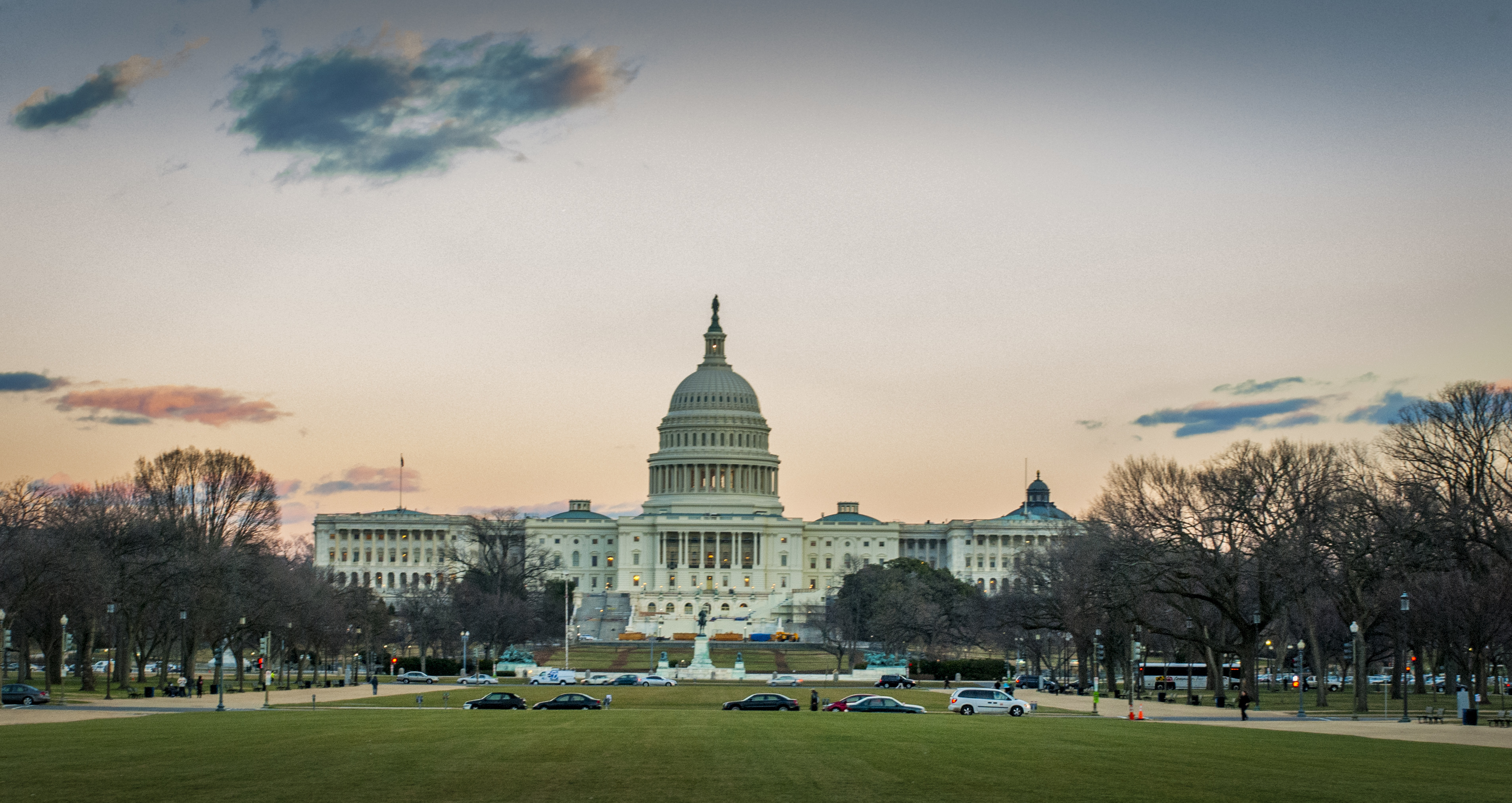Hannah Florence was a 2020-2021 Young Scholar Awards Program recipient. She is a graduate of Samford University.
The 2030s are predicted to be a pivotal decade as the U.S. continues to age while population growth declines—by 2034, the U.S. is expected to have more elderly people than children for the first time ever. Policymakers and researchers have long forecasted how this demographic shift will dramatically increase federal outlays for entitlement programs and place additional pressure on the healthcare sector as the retiree population swells.
However, an overlooked phenomenon when addressing the aging of the US population is that current retirees have less social capital than previous generations before them. In “An Invisible Tsunami: ‘Aging Alone’ and Its Effect on Older Americans, Families, and Taxpayers,” the Joint Economic Committee highlights how a rapidly aging population and decreasing social capital may compound the strains on public resources and families.
The JEC builds on the research of Robert Putnam, whose book Bowling Alone chronicles declining associational life in the United States. He defines social capital as “social networks and norms of reciprocity and trustworthiness that arise from them.” Putnam finds that involvement in local institutions where meaningful relationships were formed and reenforced—the Kiwanis club, the local bowling league, the PTA—started to decline in the late 1960s with 1964 being a high-water mark for community life.
As a generation, baby boomers are more likely to be divorced or never married, more likely to live alone, and less likely to go to church regularly or be involved in a volunteer association than the Silent Generation or the Greatest Generation before them. This decline is especially stark when compared to the parents of the baby boomers—a generation who had historically high levels of community involvement and social capital. Unfortunately, the baby boomers are not set to inherit the dense familial and social networks that their parents had.
Declining levels of social capital are even more consequential in light of the fact that most elderly care provided in the United States is informal or unpaid. In 2010-2011, only 23% of elderly care was formal care provided by a professional caregiver or institution. The federal government bases its forecasts for Medicaid and Medicare on this ratio of informal to formal care that earlier generation received, but the results of this study suggest that baby boomers will not receive as much care as their parents. An individual that lives with a spouse has a 65% lower likelihood that they will use paid formal care than a respondent that lives alone. The odds that a respondent who lives with their kids will use paid formal care is 42% lower than someone that lives alone. In the U.S., approximately 27% of seniors live alone, indicating that a significant portion of seniors do not have a family member in their household that can assist them on a day-to-day basis
As a whole, baby boomers use less paid care and less informal care than older generations, but when looking specifically at the likelihood of 75 – 85-year-olds using paid care between 1992 to 2016, members of the Silent Generation are 91% more likely to use paid care than members of the Greatest Generation (no baby boomer had turned 75 years-old by 2016). It is expected that as a larger proportion of the American population reaches old age, more healthcare will be demanded, but given the demographic reality that less baby boomers are married and more live alone than in previous cohorts, it is likely that more formal care will be demanded per person.
But who will care for all the Boomers? From here on, the research on social capital gets bleaker. Charles Murray’s Coming Apart and Tim Carney’s Alienated America depict a sharp divergence between American communities. In a small percentage of highly wealthy and educated metropolitan areas, college towns, and rural religious communities, families are intact, children are supported, and civil society is strong. This bodes well for the elderly who age in areas with multitudes of healthy mediating institutions. However, in social capital deserts, those with fractured familial and associational ties are more likely to live in close proximity to others that are similarly isolated and alienated from the institutions of civil society. Social capital hasn’t declined across the board as much as it has plummeted for working class neighborhoods, while simultaneously stabilizing and increasing for particularly wealthy, educated, or religious communities.
As more retirees age with fewer social networks than before, it will become pertinent for businesses, local governments, and civil society actors to promote healthy institutions that facilitate social capital formation. There are no silver bullets for meeting the impending demand for care, assistance, and community of future retirees, but those entering old age will need it. Creative thinking on the part of local leaders and community members will be needed to fill in the gaps of care among the elderly—because it takes a village to care for a Boomer.



